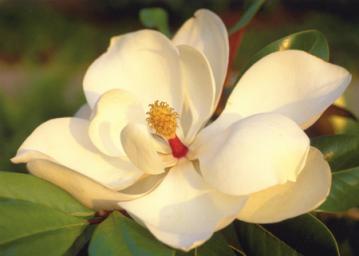Plants and Places
Plants live in many different environments. Some live in the ocean. Some live in the desert. Plants are very important. Every environment needs plants. Animals need them. Many herbivores eat them. Many animals use them to make homes. Some animals make nests in plants. If there were no plants in those environments, the animals would be homeless.
When you see a plant you can tell a lot about its environment. If the plant has big leaves and flowers, that tells you where it lives. It lives in a warm environment. That plant needs warm sunny days to grow. It needs water, too. So that environment will be wet. Those are part of the climate. Climate is what the weather is all year. It is how warm or cold the place is in winter, spring, summer, and fall. Wind is part of climate, too.
Each state has a state flower. That state flower is a clue to the climate of that state. The state flower of Illinois is the violet. That is a small plant. It has little flowers. What is the climate of Illinois? We have hot summers. We have long cold winters. Plants start to grow here in spring. In summer most Illinois plants grow bigger. Then in fall they lose their flowers. Illinois is a Midwestern state. The magnolia could not live in a Midwestern state. It needs a different climate. If you look at the state flowers of Midwestern states you will see they have small flowers. The violet also is the state flower of Wisconsin.
Some states have really unique state flowers. You won't find their flowers in other states. The cactus is the state flower of Arizona. That is a state in the southwestern United States. The Saguaro Cactus lives in the desert. A desert is a climate that has less than 10 inches of rain or snow all year. Arizona has a dry, hot climate. The cactus can live there. It has adapted to that hot, dry climate. Birds live there, too. Some birds live in the Saguaro cactus. They make holes in the side of the cactus. The Saguaro cactus cannot live in Illinois or Florida. It fits the hot dry desert climate. Desert plants and animals exemplify how to adapt to a hot dry climate. They do not just survive. They thrive.
The magnolia is a plant that grows in a warm rainy climate. It has very big flowers. The artist Martin Heade painted pictures of magnolias when he lived in Florida. He thought they were beautiful flowers. People think his paintings are beautiful. You will find magnolias in Florida and other states of the Southeast United States. You will see them in Mississippi. In fact, the magnolia is the state flower of Mississippi. It is the state flower of Louisiana, too.
